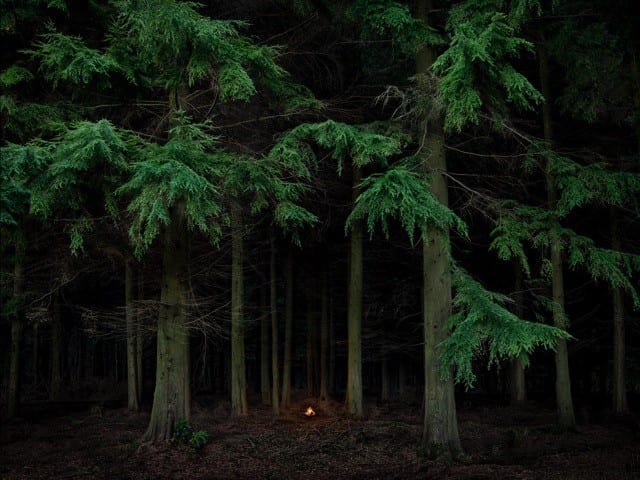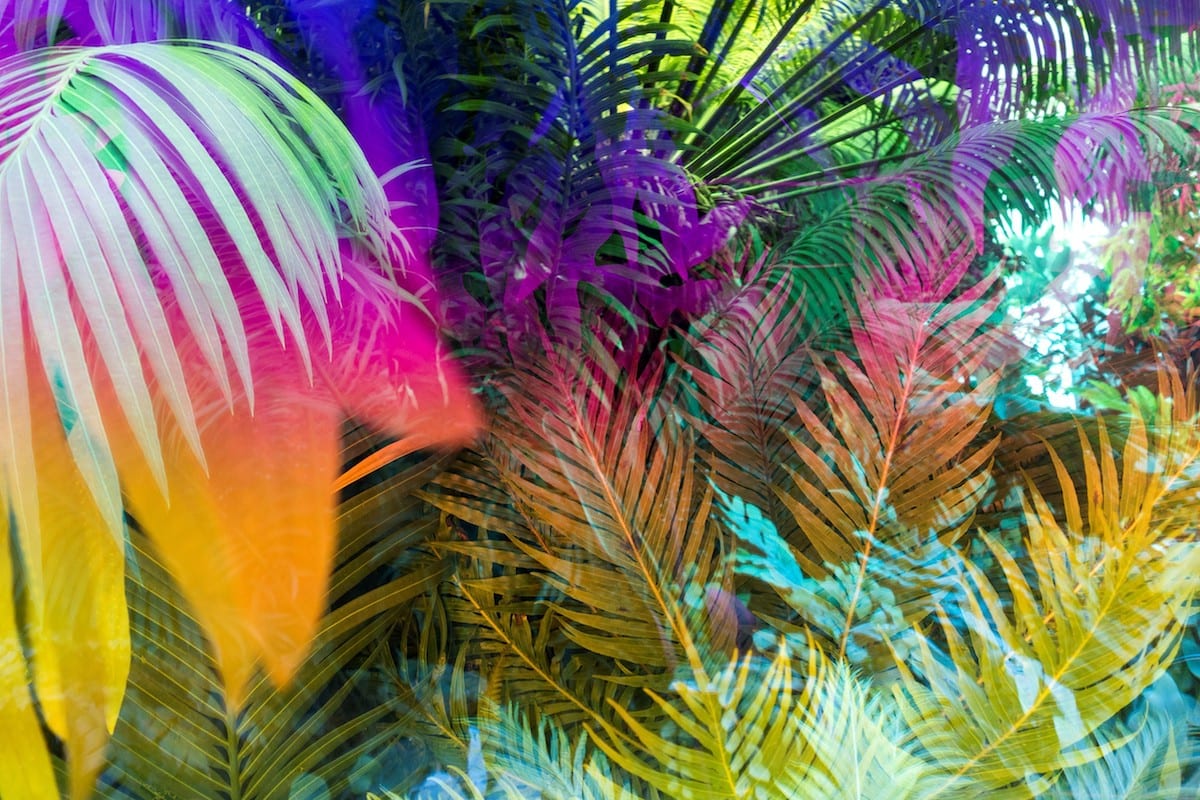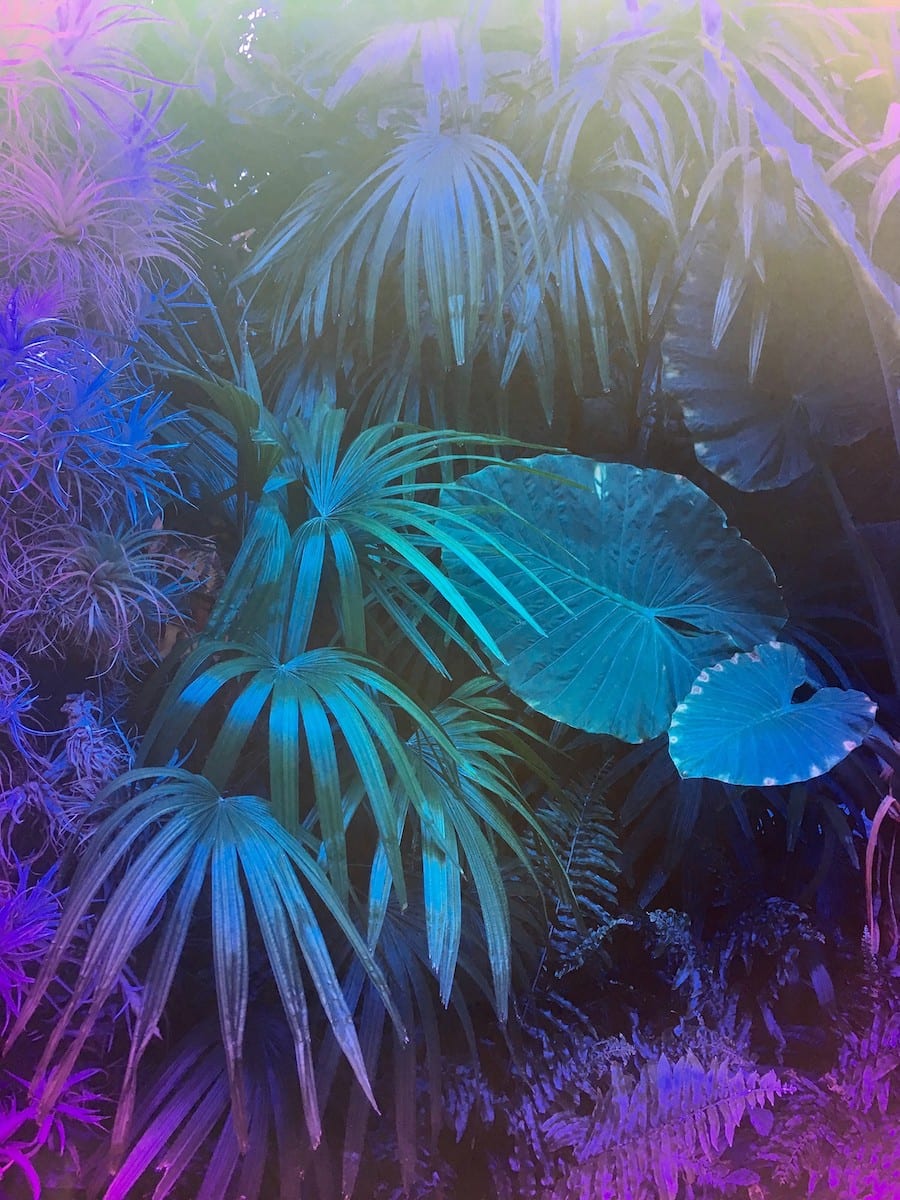Crane Kalman Brighton opened in 2005, and is helmed by director Richard Kalman, who once described photography as the 21st century’s most collectable art form. The gallery provides an affordable introduction for anyone interested in buying or collecting photography, selling a vast range of work, from new prints by young local talents to those by some of contemporary photography’s leading names.
Beyond the top end of the spectrum, photography is still a fledgling market, and is yet to fully develop in the UK in particular. We spoke to Richard Kalman about how to navigate this young market, and where to begin if you are looking to invest.
What excites you the most about exhibiting your artists at Photo London?
The most exciting thing for me is to see the sheer number of visitors to the Fair, and the genuine enthusiasm and interest the audience has in photography. Although Photo London is now really in its stride in its 4th year, it’s worth remembering that this is still a relatively new offering and that for many years, the UK was without a dedicated photography fair.
I opened Crane Kalman Brighton in 2005, feeling that the photography market in the UK was on the crest of a wave. In the last couple of years, there really does seem to have been an acceleration in interest beyond modern masters and blue-chip names, with both serious collectors and first-time photography buyers looking at emerging and mid-career artists, like those represented by Crane Kalman. Photo London provides us with an opportunity to get our artists in front of both these audiences, as well as everyone in between.

Which artists’ work will you be showing at Photo London? Why?
We will be exhibiting the work of two artists at Photo London – Karine Laval and Ellie Davies. Both artists explore and construct imagined, allegorical landscapes; one primarily using the reflective nature of water, the other using woodland as her own photographic studio. The works are complementary but vastly different in execution, and both offer audiences at Photo London the chance to see brand new work by two artists with growing reputations and levels of international interest, whilst the work is still at reasonably affordable prices.
You have said that photography is fast becoming the 21st century’s most collectable art form. Why do you think that is?
I did say that back in 2005 when I first opened the gallery. Although my prediction might be coming to pass a bit slowly, I still think it’s true. Prices for photography are nowhere near the value for many other mediums, but I think canny buyers and collectors still have a massive opportunity to buy outstanding quality artworks by some of modern and contemporary photography’s most talented artists, for a fraction of the prices you would buy equivalent names in other mediums.
There is still a huge room for growth in value for many photographic artists working today. The fact that you can continue to buy major works by artists like Simon Norfolk or Burtynsky for less than £15,000 is testament to that. What would that buy you with many contemporary artists?
The number of galleries now selling photographic work, the number of specialist photography galleries that have opened in recent years, and the number of fairs, auctions, major museum shows and public and private collections dedicated to photography, all demonstrate the significant growth in photography’s collectability.

How does Crane Kalman Brighton aid first time collectors?
I would like to think with honest, straightforward advice, and without false promises. With the vast majority of artworks purchased, there is little or no likelihood that the value of them will increase. Despite most buyers’ declarations that they are not buying for investment purposes, a lot of them harbour hopes that their purchases will turn out to be investments. I advise first time collectors and buyers to buy works that excite, interest or provoke thought with them, and to do their research on the artist, check their CVs, look where they show and who with, and whether there is any history of growth in prices with the artist.
In your opinion, what are the key trends in photography collecting?
As the pool of photography collectors grows, trends are moving beyond traditional and established areas of photography collection and becoming more in tune and reflective of the art market as a whole. That means a greater focus on conceptual works.
While there will always be a strong market for the best of classic 20th Century photography, I think more and more people are looking for works that blur the distinctions between ‘straight’ photography and other art forms. They are looking more for works that are unique, one-off pieces, or have been played with or added to with distinctive, artistic touches.
I think conversely, there will also be a move back towards collecting work that uses historic photographic practices – analogue, black and white work, photograms, cyanotypes, wet plate collodion prints, and hand-printed and processed images, ones which allow you to see the hand of the artist in the creative production process.

What advice would you give to those starting their own photography collection?
I know it’s a cliché, but buy what you like and will hopefully enjoy looking at for many years to come. Artworks should be bought because you want to live with them (or can’t imagine living without them), not in an attempt to try and pre-guess any future investment value.
See a lot of work, visit galleries and fairs and start to figure out what type of work you respond to, then follow those artists whose work you connect with. Speak to galleries about the artists and get an understanding of where they are in their careers. If you think they are moving in the right direction, and you really love the work and can afford it, then take the plunge.
Visit Crane Kalman Brighton in G5 Pavillion at Photo London between 17-20 May 2018
